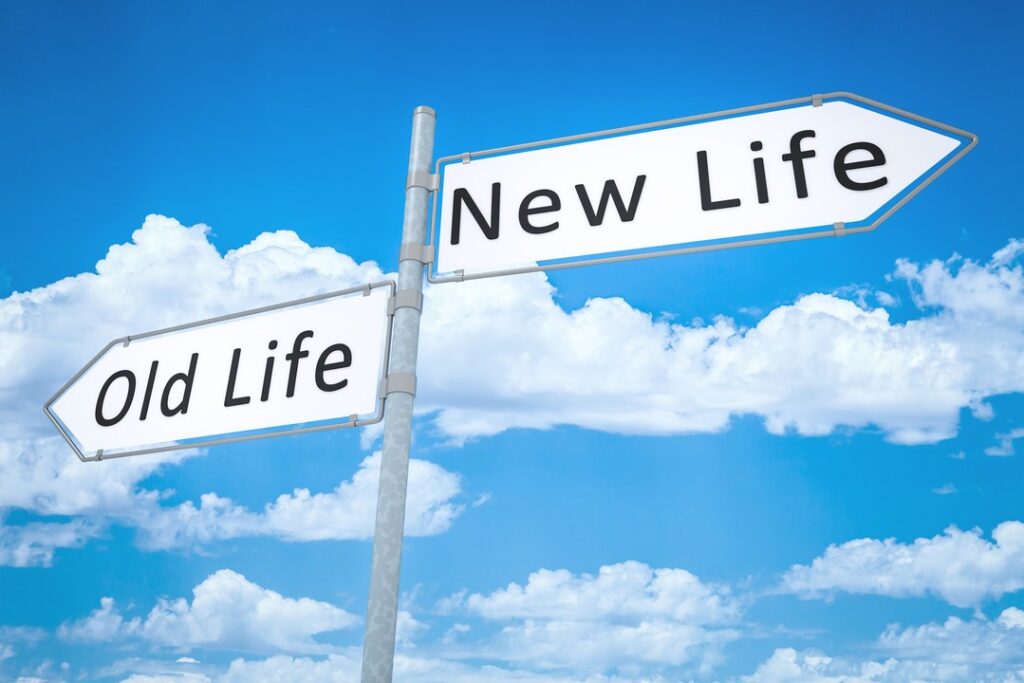Projects

Led by: Alexandra Beer
Creative Service Work
Tattooing offers a unique window into creative service work, where artists and clients collaboratively design permanent marks that carry aesthetic, emotional, and social weight. Because tattoos are both creative expressions and forms of body work, artists must navigate asymmetries of power and expertise in co-creation while also attending to the stigma and identity implications of marking another person’s body. This research program uses a large qualitative dataset of tattoo artists to examine how artists balance their artistic style and creative expertise with the client’s vision and authority as well as manage the emotional and social consequences of tattoos – for themselves and their clients. In doing so, it advances understanding of creativity, stigma, and the relational dynamics of embodied work.

Led by: Travis Grosser
Workplace Relationships and Social Network Dynamics
The informal relationships employees form in the workplace are an important basis for knowledge transfer and task accomplishment in organizations. Although the importance of social networks is well established in management research, our understanding of how organizational networks change over time is still in its infancy. This program of research seeks to enhance our understanding of network evolution by examining the antecedents and outcomes of social network change in organizations. Current research projects include 1) a longitudinal study examining how employees’ creative behavior and social network relationships mutually influence and coevolve with one another, and 2) a multi-study examination of how employees’ orientation toward others (i.e., their tendency to take the perspective of others) affects the quality and durability of their social network relationships.

Led by: Travis Grosser
Photo by Jason Goodman on Unsplash
Employee Creativity and Innovation
Innovation is a critical element of performance and long-term viability for many organizations, and a firm’s innovative potential begins with its people. Firms must foster and harness the creativity of their employees to be consistently innovative. This research program seeks to indirectly enhance firm innovation by furthering our understanding of what makes employees creative at work. Current projects related to employee creativity and innovation include 1) a field study examining the impact that an employee’s identification with their work group has on their subsequent creative performance, 2) an integrative review of research on the relationship between social networks and the multiple stages of employee innovation, and 3) an inductive qualitative study of creative professionals that focuses on how individuals effectively cope with the rejection of creative ideas.

Led by: Travis Grosser
Photo by Leon Seibert on Unsplash
The Social Basis of Employee Engagement and Turnover
The size and makeup of one’s network of workplace relationships are important factors in an employee’s decision to voluntarily separate from an organization. Research to date has primarily examined how discretionary relationships such as friendships and advice ties impact an employee’s intentions to turnover. However, employees are also embedded in non-discretionary relationships with colleagues they must interact with to accomplish work tasks (i.e., workflow ties). In this study, we partner with a large governmental agency to examine how change in the composition of employees’ workflow networks impacts their intentions to turnover. We examine the unique impact that the personal qualities (i.e., interpersonal warmth and professional competence) of an employee’s workflow ties have on a focal employee’s turnover intentions

Led by: Jo Oh
Mistreatment in the workplace
Whether it’s your boss, coworker, subordinate, or customer, people can be one of the most common sources for workplace stress. Research and practice indicate that employees, managers, and organizations suffer from various forms of mistreatment in the workplace (e.g., abusive supervision, customer mistreatment). As such, my research aims to better understand how mistreatment unfolds in the workplace, and by doing so, help remedy its destructive effects. Ongoing research projects regarding mistreatment include: 1) examining the effects of status on abusive supervision, 2) abusive supervision, emotions, and the moderating effects of emotional expressivity and perspective taking, 3) how resilient people learn from mistreatment, 4) abusive supervision and workplace dynamics.

Led by: Alexandra Beer
Career Transitions
Global mobility and dual-career dynamics increasingly require individuals to make career sacrifices for their partner’s career opportunities. Trailing spouses – those who relocate for a partner's career advancement – often experience disrupted careers, constrained opportunities, and shifts in identity. This research program uses qualitative data from interviews with trailing spouses to unpack how individuals navigate these breaks, either as indefinite and disorienting disruptions or as bounded intermissions in which they work to sustain a professional identity. By focusing on the relational and temporal dynamics of career disruption, this project contributes to our understanding of how transitions reshape professional identities, highlight hidden forms of labor, and expose the vulnerabilities of careers embedded within relational commitments.

Led By: John Mathieu
Field-Based Learning
In conjunction with our colleagues at the Group for Organizational Effectiveness, and with support from the Army Research Institute, we are conducting a program of research focused on enhancing Field-Based Learning (FBL). The majority of learning and development during one’s career occurs as a result of experience, not in formalized training settings. Yet simply having an experience does not mean that a person will learn from it and not everyone is inherently good at maximizing learning from their field-based experiences. In short, there is a vital need to understand better how individuals learn in the field and developing mechanisms to facilitate that learning.

Led By: John Mathieu
Unobtrusive Measures of Team Dynamics
Together with our colleagues at the Group for Organizational Effectiveness and with support from the Army Research Institute and NASA, this program of research focuses upon developing unobtrusive measures of team dynamics (processes and emergent states) that will enable the study of team and multi-team effectiveness related phenomena over time. We first advance a measurement fit process whereby the construct validity concerns associated with leveraging different types of behavioral information streams with team and MTS constructs is detailed. Using this framework, we developed methods to index team processes and emergent states (e.g., resilience; using Computer Aided Text Analysis (CATA), and with voice and position information gleaned from wearable sensor data. We also advanced theory for how collective emergent processes can be modeled and understood using such techniques.

Led By: John Mathieu
Optimizing Team Composition
In conjunction with our colleagues at the Group for Organizational Effectiveness, and with support from the Army Research Institute, we are developing algorithms to optimize team composition. Determining the ideal combination of team members’ knowledge, skills, abilities, and other (e.g., personality) characteristics is a very complex endeavor. Optimal profiles go way beyond simple averages or variances (i.e., diversity indices), and require a time-sensitive understanding of the team task environment. We are employing a combination of inductive and deductive approaches to identify such combinations as related to different team processes and outcomes over time. Moreover, given that team memberships often change over time, establishing an ideal team composition must also consider members’ movement in and out of teams, as well as the redistribution of individuals into different team positions or roles. We are also developing optimization routines to distribute potential member to multiple teams so as to maximize the benefit of organizational human capital. These algorithms serve to bridge insights from team composition research with those from the Strategic Human Resource Management literature.
